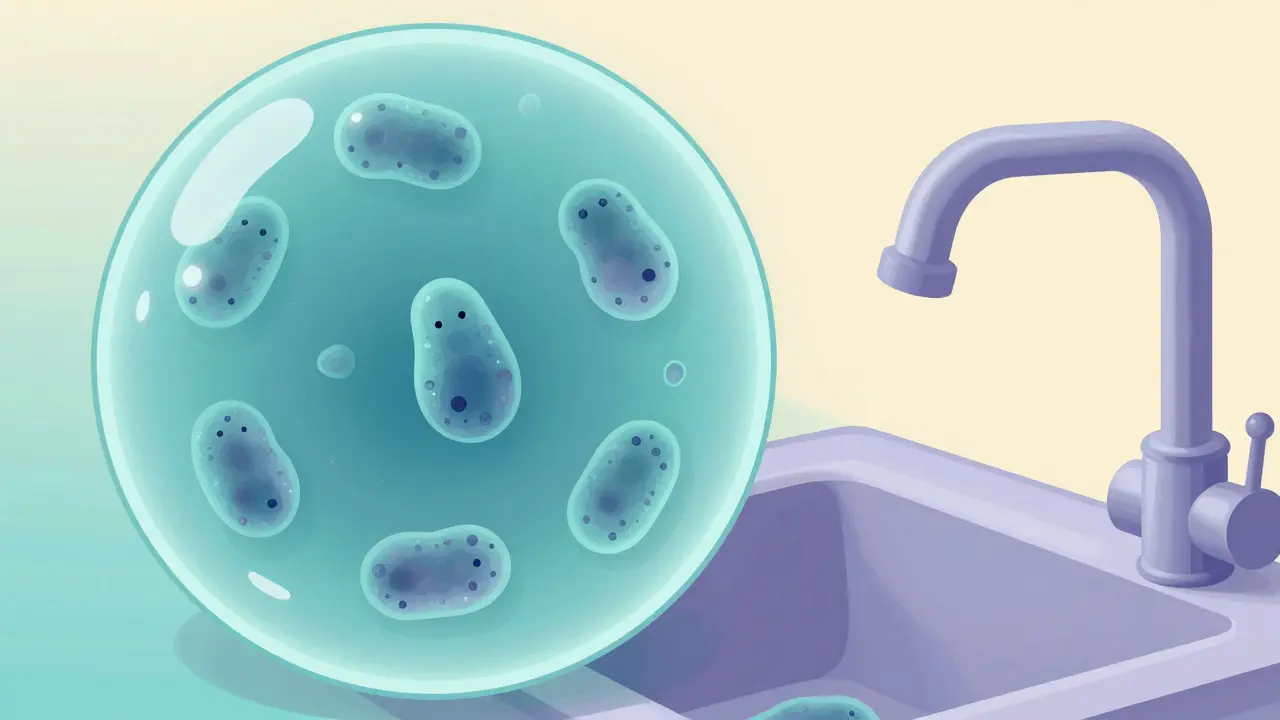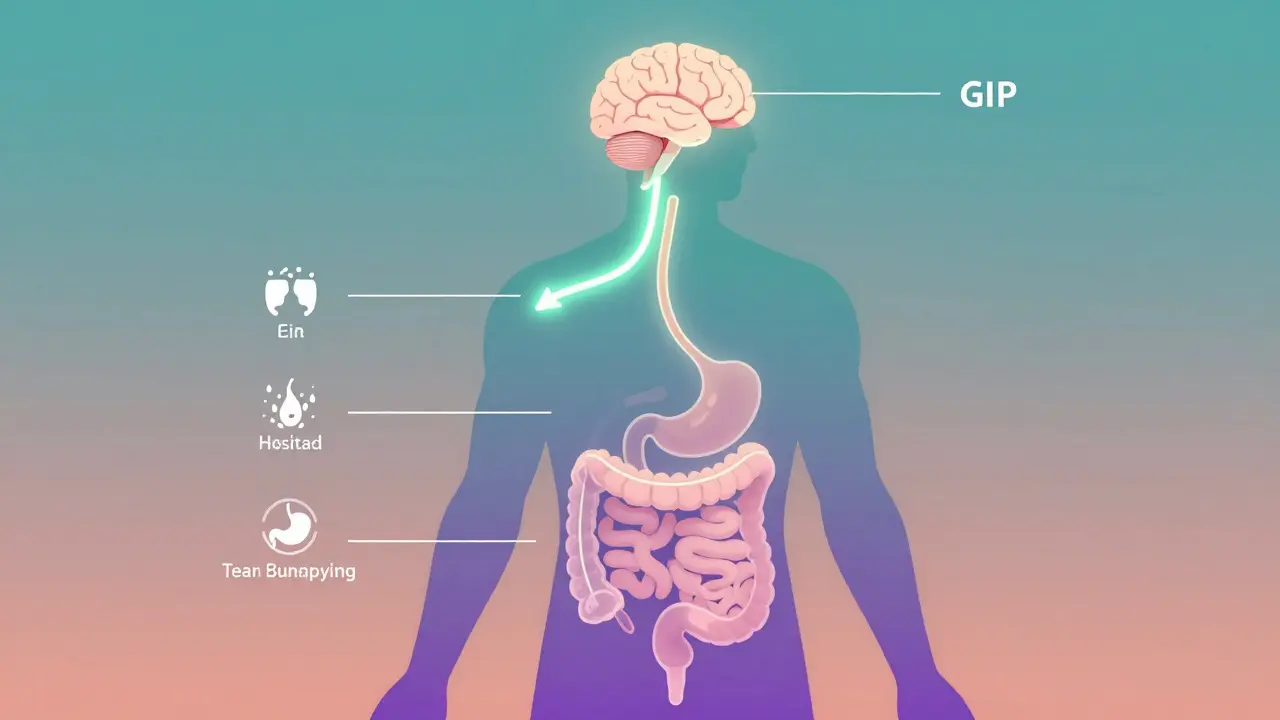Stem cell transplants: a clear, practical guide
Facing a stem cell transplant can feel overwhelming. You probably have questions: Which type do I need? How long is recovery? What are the real risks? This page gives straight answers you can use when talking to your doctor and planning next steps.
Types of stem cell transplants and why they matter
There are two common types: autologous and allogeneic. In an autologous transplant you get your own stem cells back after high-dose chemo. That lowers the chance of rejection but may not be best if your disease affects the blood system itself. An allogeneic transplant uses a donor’s cells—this can help fight the disease (the graft-versus-tumor effect) but adds risks like graft-versus-host disease (GVHD).
Doctors recommend transplants most often for blood cancers such as leukemia, lymphoma, and multiple myeloma, and for some bone marrow failure syndromes. Not everyone is a candidate: age, organ function, and other health issues matter. Ask your team why they think a transplant is right for you and what alternatives exist.
What to expect before, during, and after
Preparation starts with tests to check heart, lungs, liver, and kidneys. You may be asked about fertility preservation—sperm or egg banking—before treatment. Conditioning therapy (chemo with or without radiation) follows to wipe out diseased cells. Then comes the transplant day when stem cells are infused like a blood transfusion.
After transplant, the first few weeks are the hardest. You’ll likely spend time in the hospital or in a nearby housing program. Your immune system is weak, so infection risk is high. Expect frequent blood tests, antibiotics, and possibly transfusions. Neutrophil recovery—when infection risk drops—usually happens in 2–4 weeks for many patients, but full immune recovery can take months to years.
Watch for GVHD signs if you had an allogeneic transplant: skin rashes, gut problems, or liver issues. Your team will give drugs to prevent or treat GVHD and will adjust care as needed. Long-term follow-up includes vaccinations, monitoring for organ damage, and cancer surveillance.
Practical tips: choose a transplant center with high volume and good outcomes, ask about survival and complication rates, and check if they offer financial counseling. Arrange a caregiver and plan for at least 3 months of close follow-up. Keep a list of questions, bring a family member to appointments, and get a second opinion if you feel unsure.
Questions you should ask your team: What type of transplant do you recommend and why? What are my short- and long-term risks? How many transplants does this center perform each year? Who will be my point of contact? What support services exist for caregivers and financial help?
Stem cell transplants are intense but can be lifesaving. Being informed—about type, timing, risks, and recovery—helps you make better choices and reduces fear. Use this as a checklist when you talk with your care team, and keep notes so you don’t forget important details during visits.






